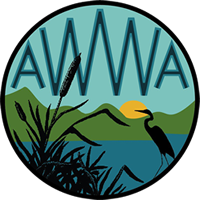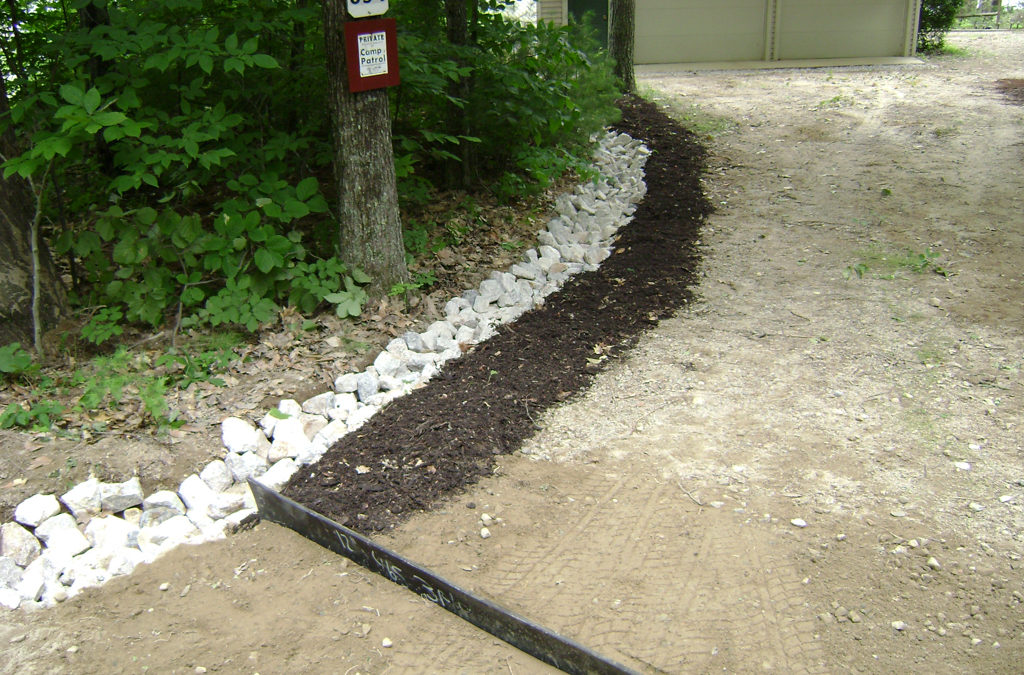
by Rich Collins | Jan 31, 2019 | Best Management Practices
Infiltration Trench Managing runoff from rooftops and paved areas. Purpose: Infiltration trenches collect and infiltrate runoff from paved driveways, rooftops and other areas. Infiltration trenches work best in well-drained soils like sands and gravels. Due to their...

by Rich Collins | Jan 23, 2019 | Best Management Practices
Rubber Razors Managing runoff on gravel roads and driveways. Purpose: Rubber Razors divert water off gravel driveways and camp roads into stable vegetated areas. These structures are well suited for seasonal roads that are not plowed. They can be plowed over if the...
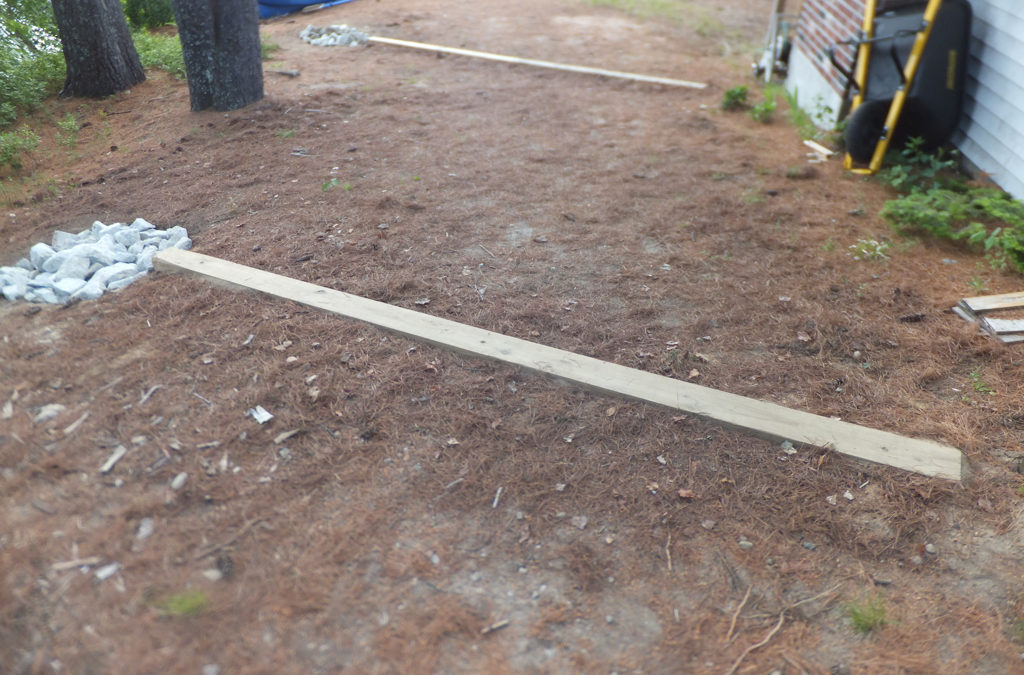
by Rich Collins | Jan 21, 2019 | Best Management Practices
Waterbars Diverting water off paths and trails. Purpose: A waterbar intercepts water traveling down footpaths, trails and other areas and diverts it into stable vegetated areas. Installation: Install waterbars on moderately steep paths with concentrated flows. Select...
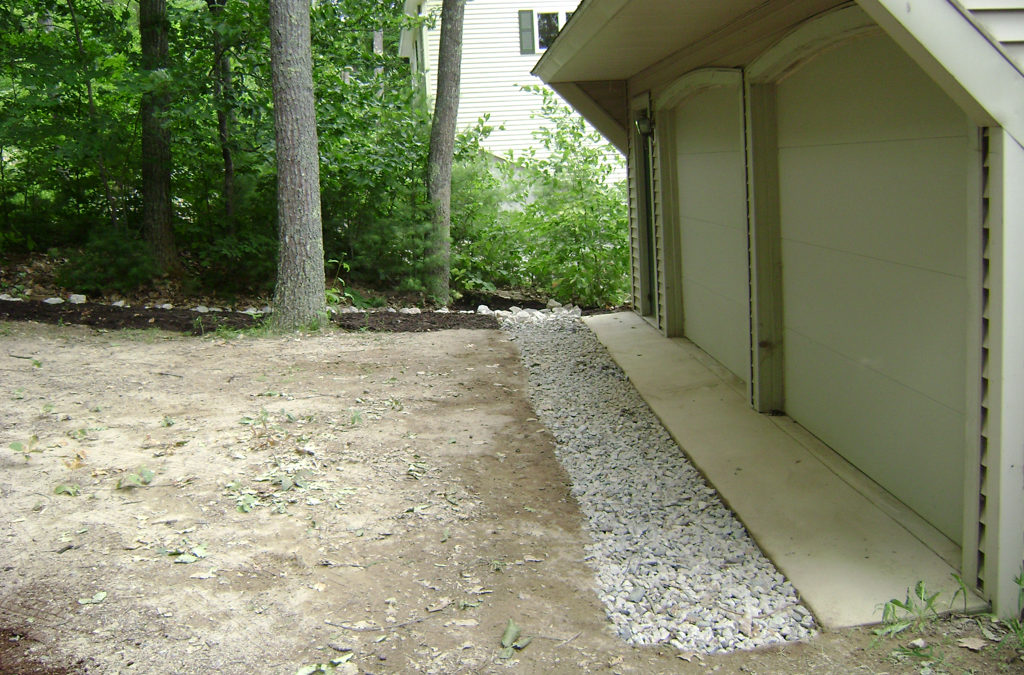
by Rich Collins | Jan 15, 2019 | Best Management Practices
Dripline TrenchManaging roof runoff on homes without gutters. Also Called: Roof Dripline Trench, Infiltration Trench Purpose: Dripline trenches collect and infiltrate stormwater, and control erosive runoff from the rooftop. The trenches collect roof runoff and store...

by Rich Collins | Jan 7, 2019 | Best Management Practices
Winter is upon us, but that doesn’t mean it’s too early to think about how to best manage your property’s stormwater runoff. By the time spring arrives, you can have a plan and some ideas about changes you can make around your property to make it more lake friendly....
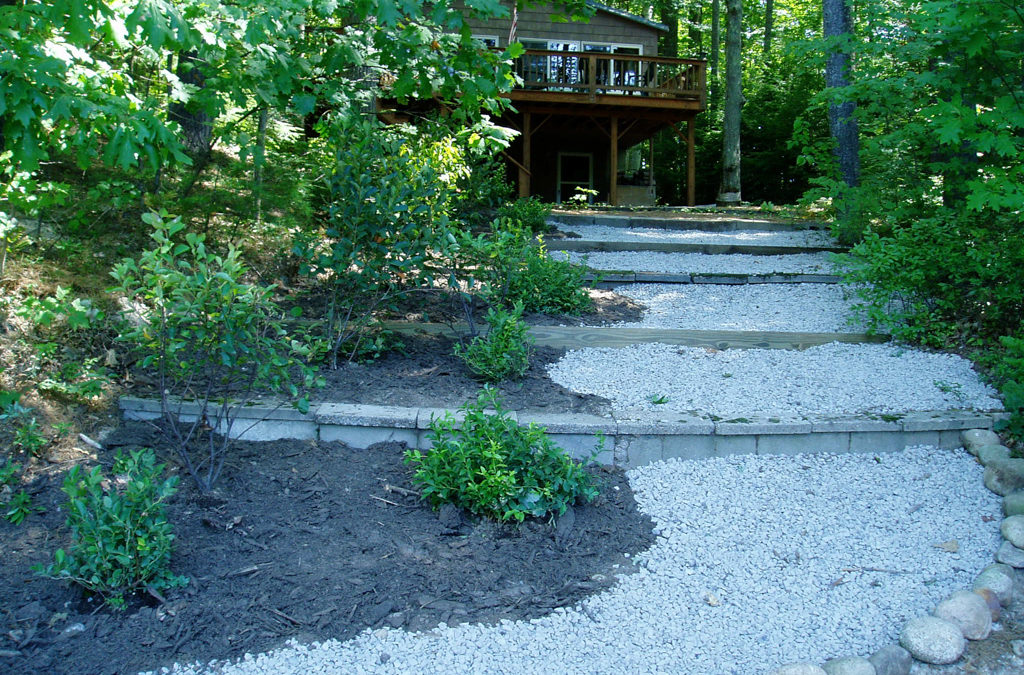
by Rich Collins | Dec 11, 2018 | Best Management Practices
Infiltration Paths & WalkwaysManaging foot traffic for lake protection. Purpose: Properly designed pathways direct foot traffic, absorb water, reduce the rate of flow, and protect soil. Pathways can also reduce the potential for erosion and minimize the amount of...







